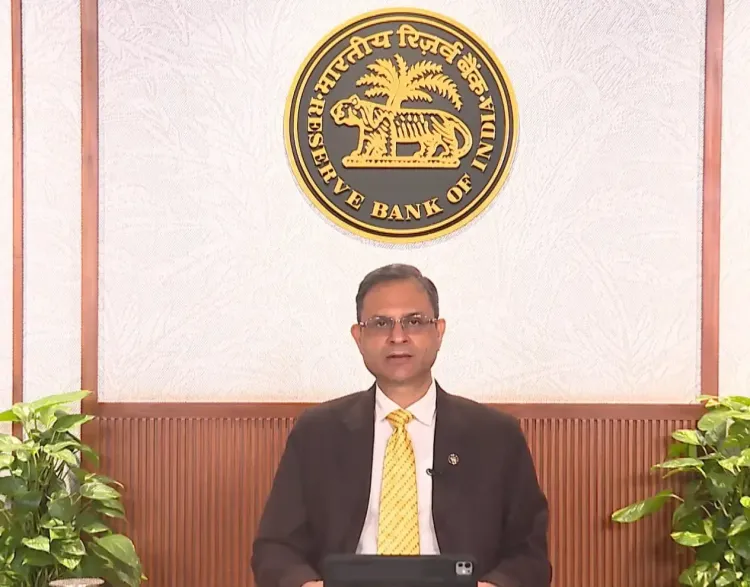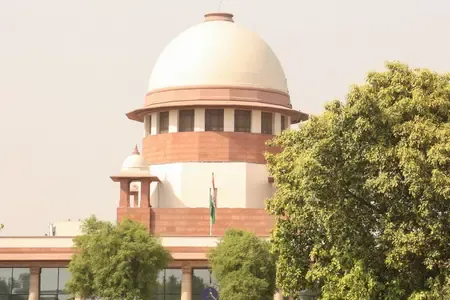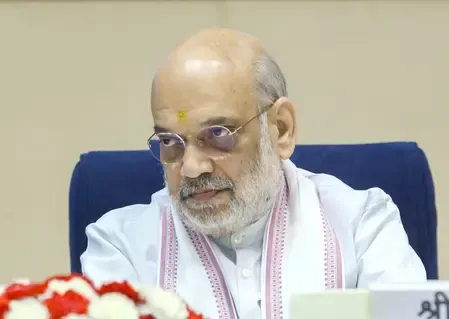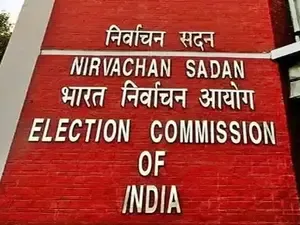Has RBI Increased India's GDP Growth Forecast to 6.8% for 2025-26?

Synopsis
Key Takeaways
- RBI raises GDP growth forecast to 6.8%
- Structural reforms like GST streamlining anticipated to boost growth
- Strong private consumption and investment drive economic performance
- Global economic resilience offers positive outlook
- Challenges include tariff uncertainties and geopolitical tensions
Mumbai, Oct 1 (NationPress) The RBI has upgraded its estimate for India's GDP growth to 6.8 percent for the fiscal year 2025-26, revising it up from 6.5 percent. This adjustment is attributed to the implementation of various structural reforms aimed at fostering growth, such as the simplification of GST, which is anticipated to mitigate some negative impacts from external challenges, as stated by Reserve Bank Governor Sanjay Malhotra.
Malhotra highlighted that India’s GDP exhibited strong growth of 7.8 percent in Q1:2025-26, primarily fueled by robust private consumption and substantial fixed investments. On the supply side, the growth in gross value added (GVA) at 7.6 percent was propelled by a resurgence in manufacturing alongside consistent growth in services. Current high-frequency indicators indicate that economic activities are continuing to show resilience. Rural demand remains robust, bolstered by favorable monsoon conditions and vigorous agricultural activity, while urban demand is gradually recovering, Malhotra noted.
“Considering these factors, the real GDP growth for 2025-26 is now projected to be 6.8 percent, with estimates of 7.0 percent for Q2, 6.4 percent for Q3, and 6.2 percent for Q4,” Malhotra elaborated.
He also mentioned that the global economy has shown greater resilience than expected in 2025, with strong growth seen in both the US and China.
However, the outlook remains uncertain due to high policy uncertainties. Inflation rates have exceeded targets in some advanced economies, creating new challenges for central banks as they manage changing growth-inflation dynamics. Financial markets have experienced volatility, with the US dollar strengthening following an upward revision of US growth figures for Q2, and treasury yields increasing in response to shifts in policy rate expectations. Equities have remained strong across various advanced and emerging market economies.
The RBI Governor further noted that the revenue expenditure of both Union and state governments has shown healthy growth throughout the fiscal year to date (April-July). Investment activities are holding steady, as indicated by strong growth in construction metrics, such as cement production and steel consumption during July-August, despite a slight moderation in capital goods production and imports. The recovery in the manufacturing sector endures while service activities maintain their momentum.
Looking ahead, an above-normal monsoon, successful kharif sowing, and sufficient reservoir levels have improved the outlook for agriculture and rural demand. Strength in the services sector, along with stable employment conditions, supports demand, which is expected to receive an additional boost from the rationalization of GST rates. Rising capacity utilization, favorable financial conditions, and increasing domestic demand should continue to foster fixed investment, he remarked.
Nonetheless, ongoing tariff and trade policy uncertainties may affect external demand for goods and services. Extended geopolitical tensions and volatility in international financial markets, driven by investor risk aversion, also pose potential downsides to the growth outlook, Malhotra cautioned.









